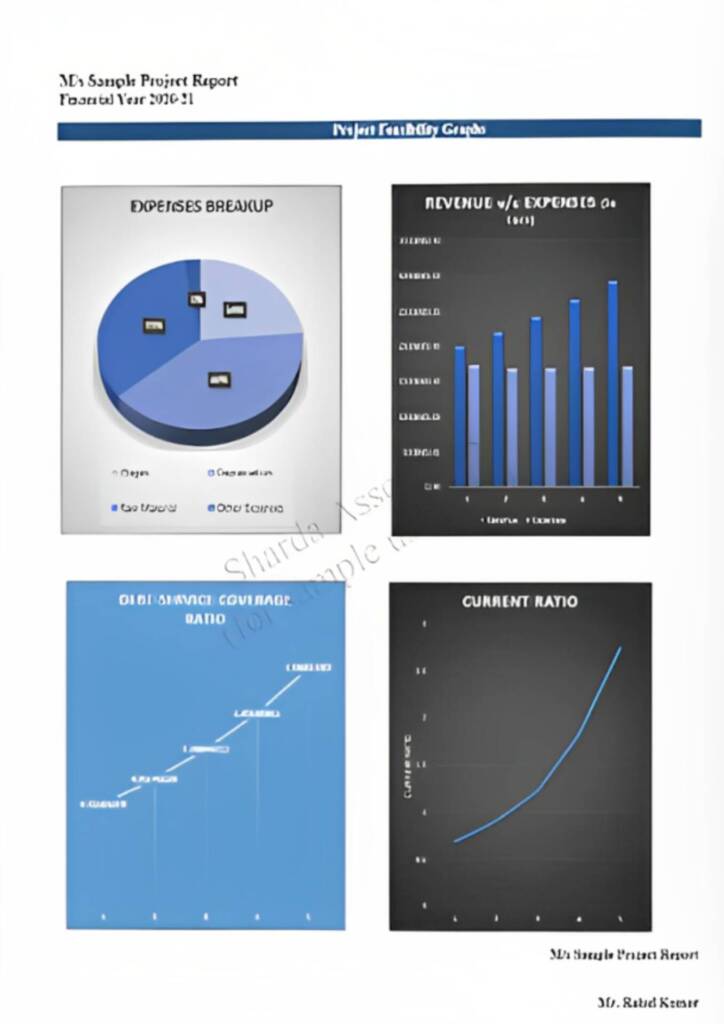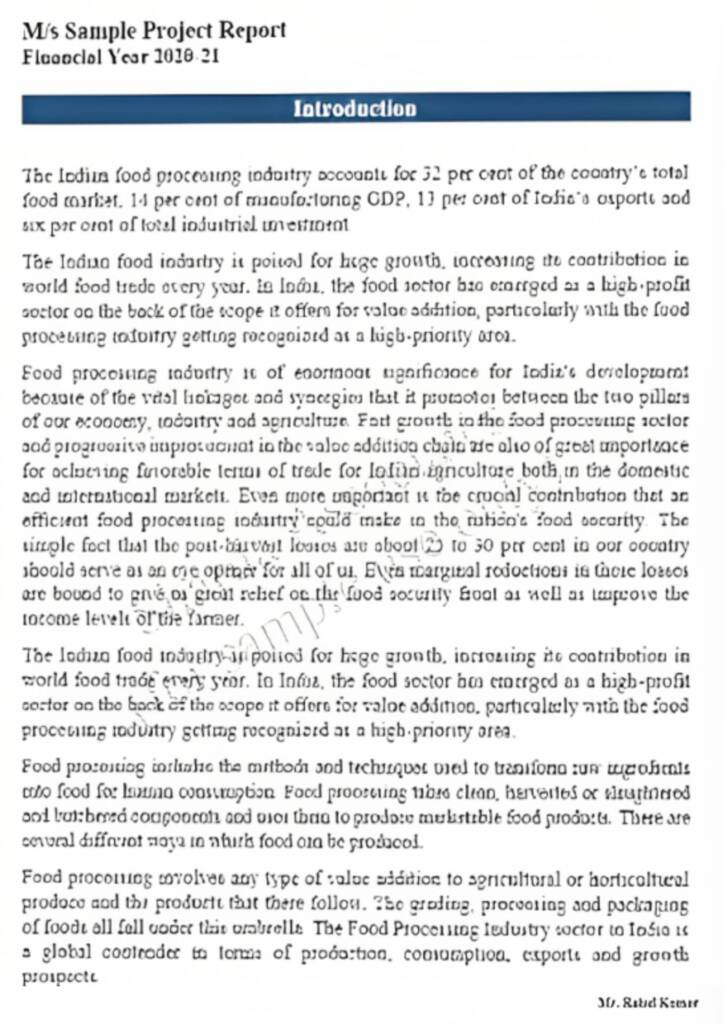Detailed Report On Solar Power
Solar power harnesses energy from the sun’s radiation, converting it into electricity through photovoltaic cells or heat through solar thermal systems. It’s a sustainable, clean, and renewable energy source with diverse applications.
What is Solar Power?

Detailed Report on Solar Power is as follows.
The amount of sunlight that reaches the surface of our planet in a 90-minute period is sufficient to meet all of the world’s energy requirements for around a year. Using photovoltaic (PV) panels, indirectly concentrated solar power, or a mix of the two, solar energy from the sun is transformed into electrical energy that can be used for electricity generation or heat storage. The process of converting sunlight into electricity is known as solar power. The photovoltaic panels employ the photovoltaic effect to convert sunlight into an electric current, but the concentrated solar power system uses mirrors and a solar tracking system to focus a large area of sunlight into a narrow beam.
A solar power plant, also referred to as a photovoltaic power station, is a grouping of substantial photovoltaic systems used to produce commercial power to the electrical grid. Solar power plants guarantee the generation and supply of electricity at the utility level, in contrast to other decentralized solar power applications that are typically utilised for local supply.
It is one of India’s sectors that is quickly growing and making a contribution to the renewable energy market. As of March 31, 2021, the nation had a solar installed capacity of 40.09 GW. Commercially viable concentrated solar power plants first appeared in the 1980s, but as the cost of solar electricity dropped, the popularity of solar PV systems skyrocketed, and gigawatt-scale PV plants are soon to follow.

Detailed Report Sample On Solar Power




Market Potential Of Solar Power
Solar power’s market share in India is projected to increase by USD 240.42 billion between 2021 and 2026 at a CAGR of 35.24%.
India’s energy demand is expected to increase more than that of any other country in the coming decades due to its size and enormous potential for growth and development. So, the majority of this increased energy demand must be met by renewable, low-carbon sources. With India’s announcement that it intends to achieve net zero carbon emissions by 2070 and to meet 50% of its electricity needs from renewable sources by 2030, a significant turning point in the global fight against climate change has been reached.
The fourth most desirable renewable energy market in the world is the one in India. As of 2020, India’s installed capacity for renewable energy was fourth, followed by solar power in fifth place and wind power in fourth. The installed capacity for renewable energy has increased over the last few years, with a CAGR of 15.92% between FY16 and FY22. The market for renewable electricity is expanding the quickest in India, where new capacity additions are anticipated to double by 2026.
Contents of Project Report
A project report helps you identify whether a project is worth pursuing. It presents the holistic view and brings complete insight of the business and its activity.
It acts as a guide for all the business operations, aids in taking all financial decisions related to the existing businesses and to the start-ups. It serves as roadmap to the business and provides information to the outsider who are wanting to know more about the business.
You will have the opportunity to build new goals and expansion ideas in one single document. Everyone, from the banks to potential investors, will need to have a look at the project report before they shell out any money.
A well drafted project report generally consists details about:
- Brief History of the Business
- The Promoters
- SWOT Analysis
- Industry Outlook
- Past Financial Statements
- Projected Financial Statements
- Infrastructure and Human Resource required
- CMA data
- Business model
- Requirement of Working Capital Funds
- Means of Finance
Other relevant information, if any.
